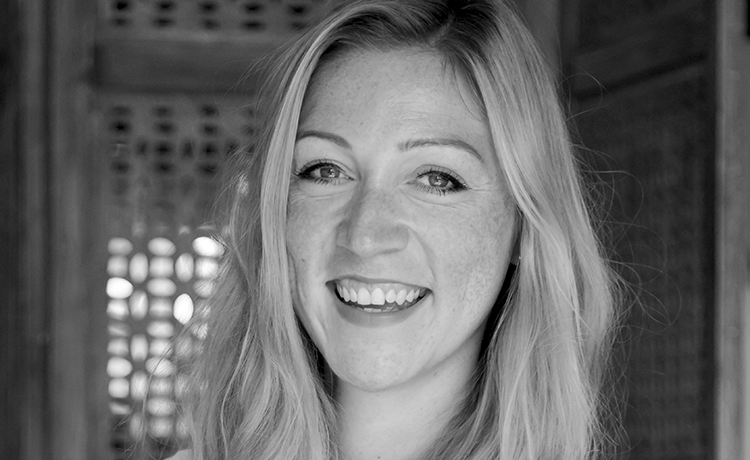By Ailidh Smylie, head of strategy at Socialize.

Against the backdrop of declining global ad spends the question of how commercial entities can, and should, communicate during Covid-19 has been met with uncertainty. As brands and marketers scrupulously rework strategies, we see influencers and content creators adapting in real time, connecting with their unique audiences in ways they haven’t before.
As global head of cultural insights at We Are Social Lore Oxford explains, “Influencers and creators are uniquely valuable during this time – not just as marketing channels, but as conduits of audience understanding.”
We’ve spoken to numerous Middle Eastern creators, across a variety of sectors, to understand how the pandemic has affected their content creation. We’ve translated our learnings into five key take outs – for brands today, and for tomorrow’s new reality.
Creating lasting connections
In times of crisis, we look to those we can trust. In today’s world, social media creators serve as a pillar of inspiration and hope. We see them using this extra time to create stronger relationships with their communities, in a more human way:
[The virus] has actually had a positive impact on our sense of community. [Bloggers] have all become so much more supportive of each other and our fans are sharing their own stories with us as well. (Suad Shamma, @ladyspatula)
Quarantine has forced me to reflect […] and I’ve been using my platform to share this experience with people – the response that came as a result is remarkable. (Haifa Besseiso, @flywithhaifa)
Collaborating with creators to tap into the needs and desires of their unique audiences, will help foster an intimacy between brand and consumer that did not exist before.
Authenticity is key
We’re seeing creators move away from ‘picture perfect’, finding themselves more at ease with their audiences and on platforms such as TikTok, where authentic content outperforms overly stylised posts that lack substance:
My content has now shifted [from fashion] towards a key focus on mental health and wellness. I get daily messages whenever I post a reassuring quote about how my followers are currently struggling so I try to do what I can to help them. (Bijal Soni, @myprdiaries)
I’m more honest [with my fans]. There’s a lot more to be said for more real images and videos – and I’m not afraid to share stories that I wouldn’t have been able to in the past. (Amanda Rushforth,
@amandarushforth)
Brands should emulate this approach, TikToking into the future in a genuine, authentic way. They need to show their consumers who they are, what they stand for and how they are helping – forgetting the filters.
Appealing and adapting to new audiences
People have more time on their hands. Inevitably their behaviours are changing, as they seek to defy boredom, overcome mental barriers and better themselves in new ways:
People have more time to cook now. They have the urge to try and interact more. [With more time on my hands], I’ve started live cooking sessions for fans who prefer to watch videos. (Suad Shamma, @ladyspatula)
I’ve had more time to start jumping on ‘fun’ trends that I wouldn’t have done before, e.g. the pillow challenge, which has allowed me to talk to this evolving audience. (Amanda Rushforth,
@amandarushforth)
Elements of these changed behaviours will continue post-lockdown, and brands too must forge a way to appeal to these new (captive) audiences, activating new platforms with content that feels organic and real.
Escaping reality
In the most ‘socially savvy’ region in the world, consumers are spending roughly 3-4 hours a day on social media – yet many brands seem to have forgotten why people are there. Often what we really need in times of great uncertainty is a little relief:
We’ve seen many regional influencers break away from their stream of wellness and lifestyle posts and share a funny TikTok challenge off-platform, on their [Instagram] channel, giving their audience a little dose of fun. […] It’s almost a physical representation of them escaping reality.’ (Shivani Kulshrestha, FrontRow Influencer Platform)
Keeping some things ‘light’ really is OK. Testing, learning and adapting your approach to content is also OK. Consumers aren’t going to chastise a brand for trying to find new ways to connect with them, as long as the tone is right and it’s based on relevant cultural insight.
Creators to brand ambassadors
Finally, we must remember that creators are their own brands. They too are facing uncertain times, affected by decreased media spends. Brands that are able to support them now won’t simply be forgotten. Building strong relationships with relevant creators during this time, turning them from influencers into brand ambassadors who will help pivot and shape the future of a brand for years to come, is definitely the right move.









